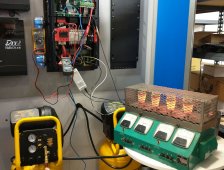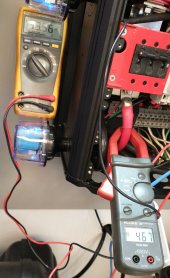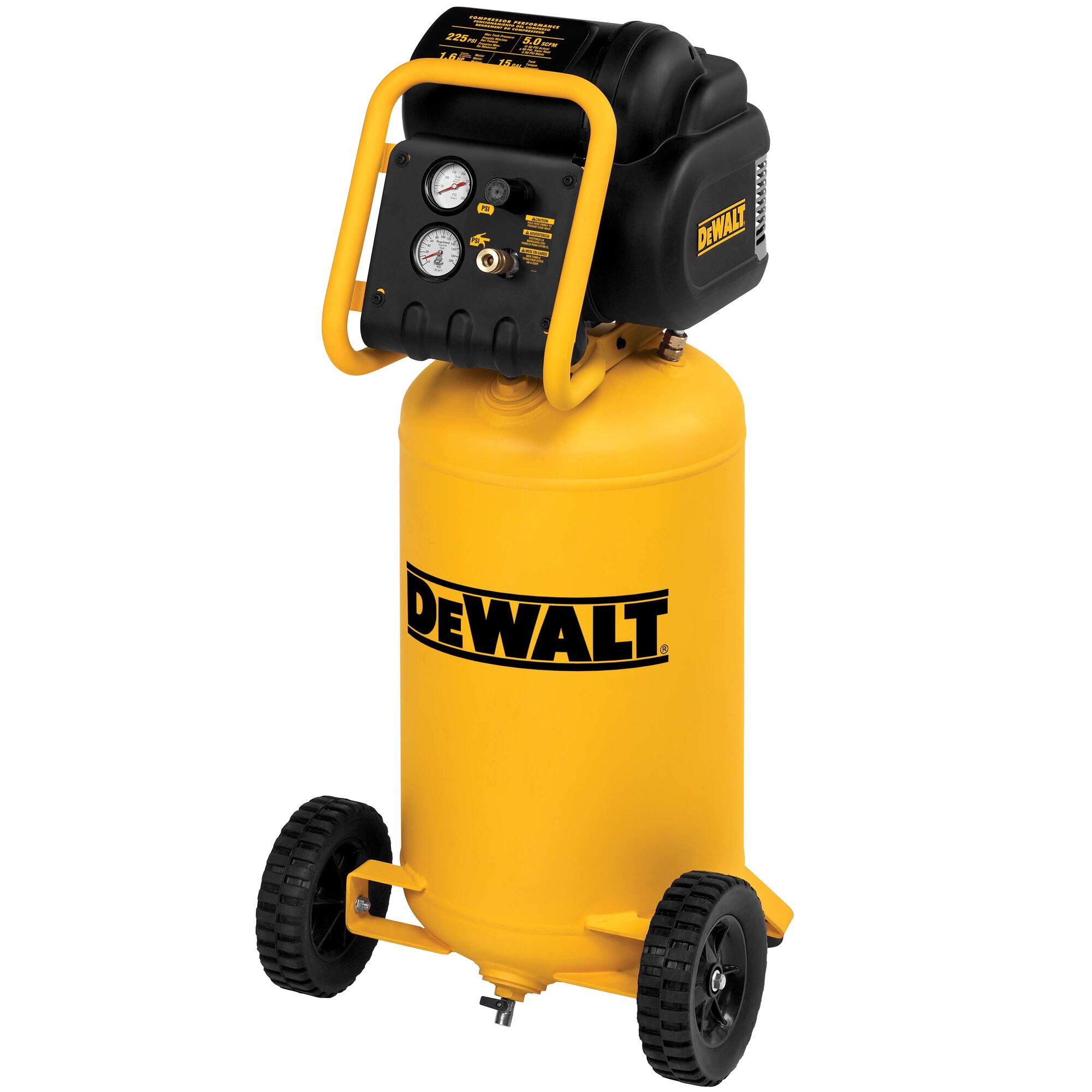Yes, the two inverter types are basically the same topology
I think that M BT may have to reduce his surge power level a bit BTW.... It's still good surge but will need a bit of downgrading. I'll let him respond.
I was up at Midnite yesterday and talked to the guy that wired up everything in the booth. Like Robin said, the total incandescent lighting loads are 9kW. It was planned to have 12kW total but the guy building it said he ran out of space above the booth and the labeling was not updated. When I got there they were just getting started on taking the display/booth down and packing it up for the next show in Long Beach, Inter Solar North America. Wait! Can I get a few measurements first?
No time to get detailed numbers etc. That will have to wait for a planned visit when I can be present, not rushed, and in their normal testing area, lots of resistive and inductive loads available. Right now the Rosie's protection is conservative and limits how much she can surge. They only have 6-7 Rosie's fully functional. Robin said they are in the process of building a couple dozen right now for both in house Beta testing, remove protection and see where it blows up, and the rest for sending out to Beta testers.
I did get a few pics of her loaded up. Saw Robins post about the lights and brought along a portable load bank. Good for about 5+ kW. that gets back the "missing" 3kW of lights and adds 2kW more. So, my 5kW+9kW of lights+about 7kW of pumps = close to 20K+ running watts. I was trying for a different surge situation this time, just a big fat load, 14kW, more than double Rosie's rated continuous output, then turn on those pumps.......No problem! No hesitation at all.

Rosie pulled 467 Amps from the batteries at 43.56 volts. That's 20,342 watts on the DC side. She held that load for 10-15 seconds before shutting down! Wow! OK, now I'm a little nervous....will she come back to life? Yup!

Big sigh....Robin said I can't hurt her...but still....One more time to make sure all is good. Did it again. Same result. 10-15 seconds, shutdown. Protection working properly! Now the crew is making some noise...ya done yet?
No, just a sec, gotta get a look at the AC output side....3rd run. Got a pic of the current, 76 amps, from one leg but neglected to pull back and include the volts. They were around 114-115. So that's 152 amps X 115 =17,480 AC watts. Not too shabby for an inverter rated at 6.8kW!
Look forward to having some more fun in the near future and gathering hard data. I really need to learn how to use the new fangled scopes. So many options, menus, sub menus....save waveform capture to thumb drive....analyze it on a PC....all coming soon.

Stay tuned!









